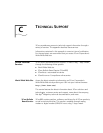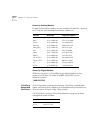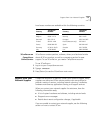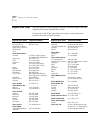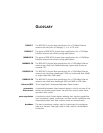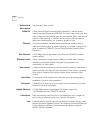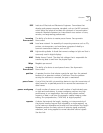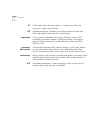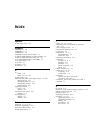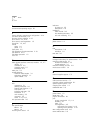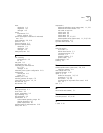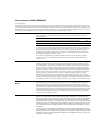
2 GLOSSARY
bidirectional
flow control
See symmetric flow control.
CSMA/CD Carrier Sense Multiple Access/Collision Detection. Channel access
method used by Ethernet and IEEE 802.3 in which devices transmit only
after finding the data channel clear for some period. When two devices
transmit simultaneously, a collision occurs and the colliding devices
delay their retransmissions for a random length of time.
Ethernet A local area network standard defining a physical medium and its
method of placing data, or packet signaling, on a cable. Access to the
cable is based on CSMA/CD (Carrier Sense Multiple Access/Collision
Detection).
Fast Ethernet A 100 Mbps technology based on the Ethernet CSMA/CD network
access method.
fiber-optic cable Cable consisting of a glass center, cladding, a buffer layer, strength
members, and a cable sheath. The glass center supports the
transmission of light signals.
flow control A method for ensuring that a transmitting entity does not overwhelm a
receiving entity with data. See also asymmetric flow control, incoming
flow control, outgoing flow control, pause frame, symmetric flow
control.
forced link A method by which devices link with fixed and matching signaling
capabilities. See also auto-negotiation.
full-duplex The ability of a device or line to transmit data simultaneously in both
directions. See also half-duplex.
Gigabit Ethernet A 1000 Mbps network technology that retains support for
10/100 Mbps Ethernet CSMA/CD networks.
half-duplex Data transmission that can occur in two directions over a single line,
but in only one direction at a time. See also full-duplex.
hub A device used to provide connectivity between network devices. Hubs
perform the basic repeater functions of restoring signal amplitude and
timing, detecting collisions, and broadcasting signals to network
devices. See also repeater.




